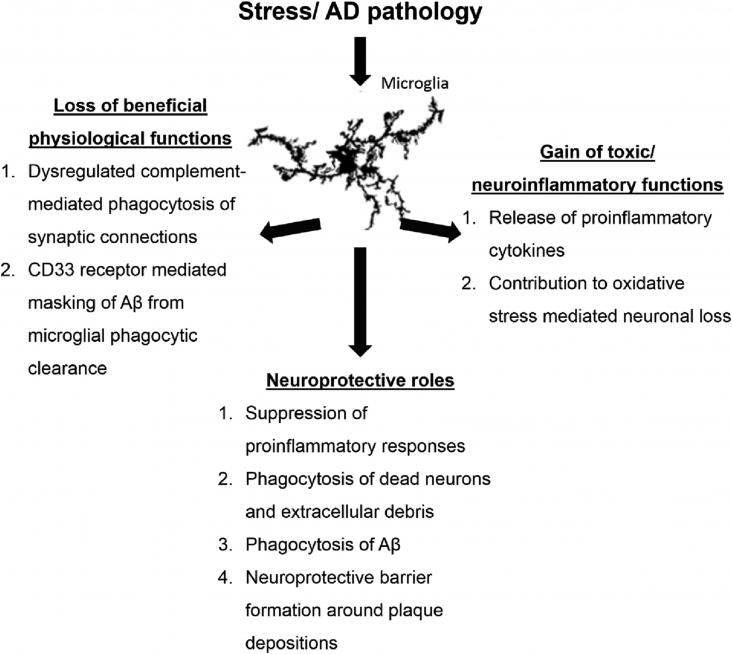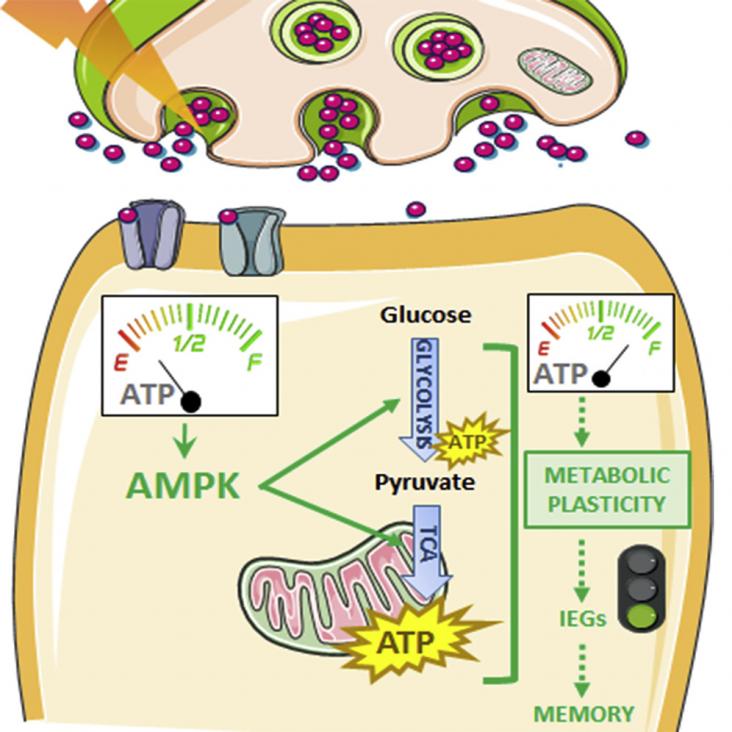Developing SDG 3 (good health and well-being) and SDG 10 (reduced inequalities), this article explores transgender and gender non-conforming (TGNC) populations in health care settings. Findings suggest that TGNC people are exposed to a variety of social stressors, including stigma, discrimination, and bias events that contribute to mental health problems.
This chapter addresses goal 3 by examining the molecular and clinical pathology of Alzheimer's disease and Dementia.
Exercise has been shown to reduce the risk of developing Mild Cognitive Impairment and Alzheimer's disease as well as to improve cognition in healthy and cognitively impaired individuals.

Microglia are the predominant immune cells of the central nervous system (CNS) that exert key physiological roles required for maintaining CNS homeostasis, notably in response to chronic stress, as we

Although the brain accounts for only 2% of the total body mass, it consumes the most energy.
Elsevier,
Multimodal Behavior Analysis in the Wild, Advances and Challenges, Computer Vision and Pattern Recognition, 2019, Pages 79-102
This chapter addresses SDGs 3 and 9 by examining the technologies devised in Glassense—Wearable technologies for sensory supplementation. This regional project aimed to develop a proof of concept prototype of a sensorized pair of glasses to assist users with limited technology skills and multiple disabilities.
Elsevier,
Reference Module in Food Science, Encyclopedia of Food Security and Sustainability, Volume 1, 2019, Pages 128-134
This chapter supports SDGs 2, 3 and 16 by providing an overview of food operations in wars and conflicts, which are likely to continue as the primary cause of humanitarian need worldwide.
Elsevier,
International Review of Research in Developmental Disabilities, Volume 55, 2018, Pages 145-180
This chapter addresses SDGs 3 and 10 by providing content on a variety of topics pertaining to intellectual and developmental disabilities through the most recent research on the causes, effects, classification systems and syndromes of developmental disabilities.
Elsevier,
International Review of Research in Developmental Disabilities, Volume 55, 2018, Pages 213-266
This content addresses SDGs 3 and 10 by identifying practices that promote integrated and competitive employment for people with IDD, examining the current state of employment for people with IDD, reviewing the level of evidence of studies that have examined the effectiveness of interventions targeting employment for adults with IDD, showing the connection between post secondary education (PSE) and employment and reviewing the research on PSE and outcomes for individuals with IDD.
The relationships between the natural environment and poverty have been a central theme in the sustainability and development literatures.
